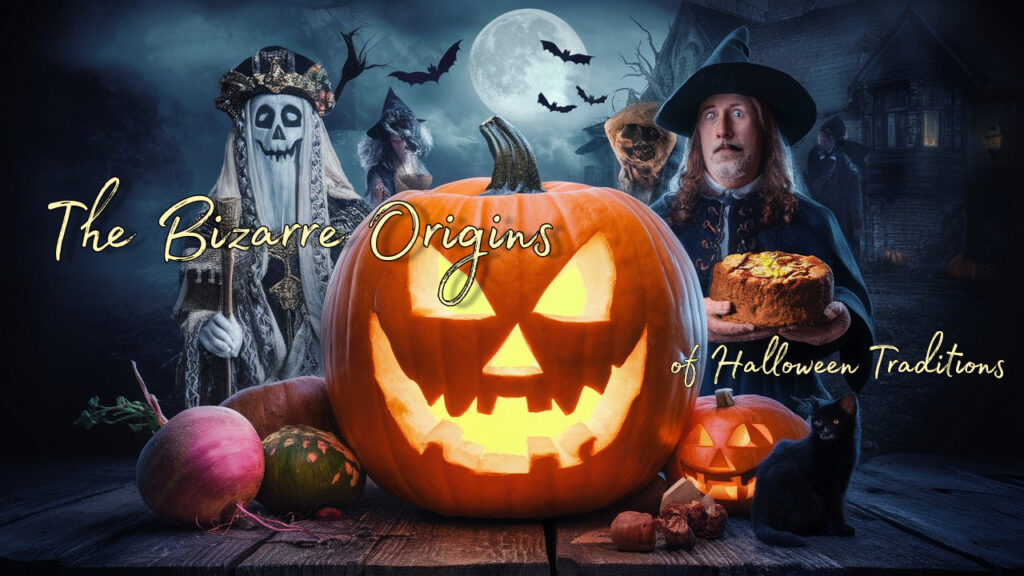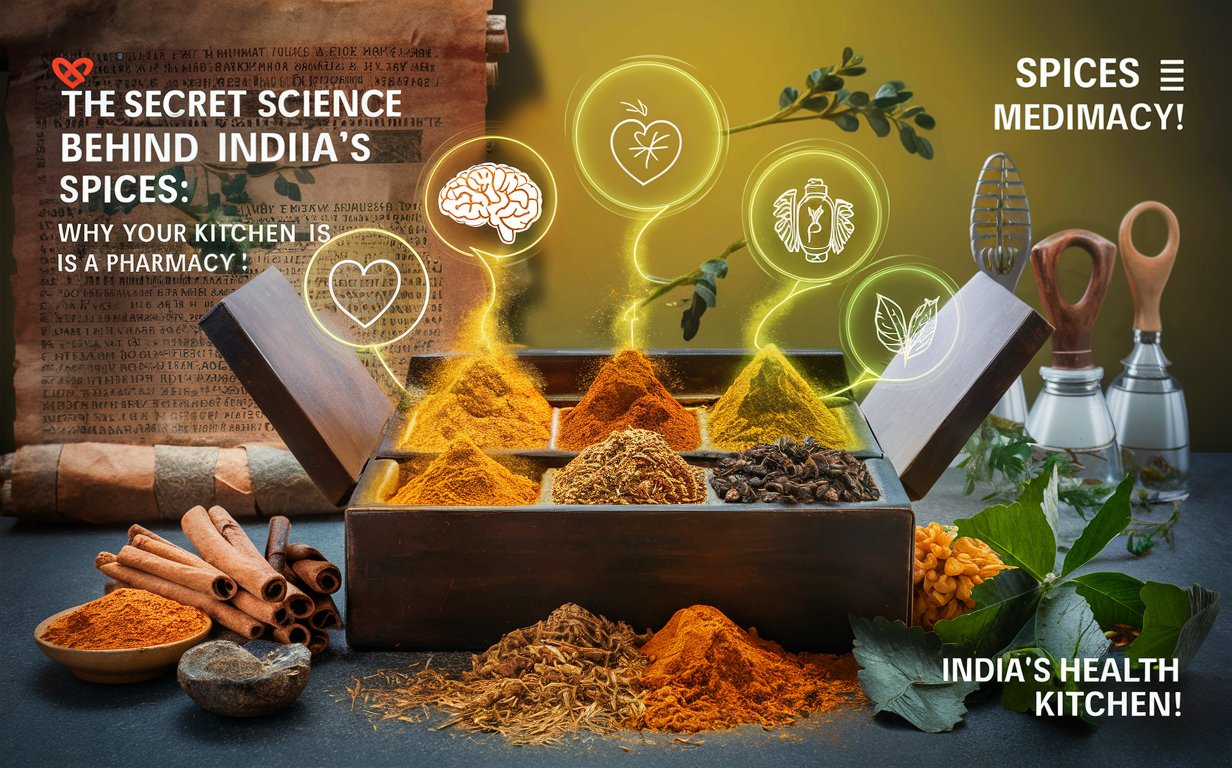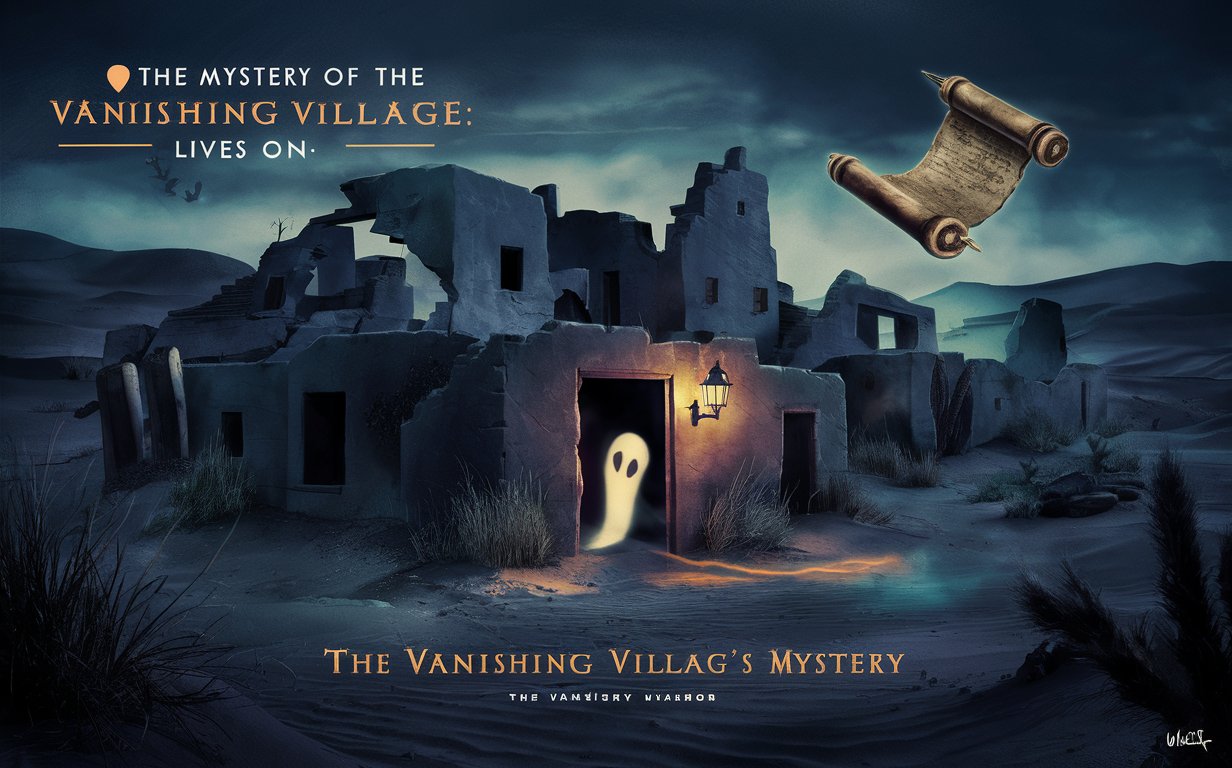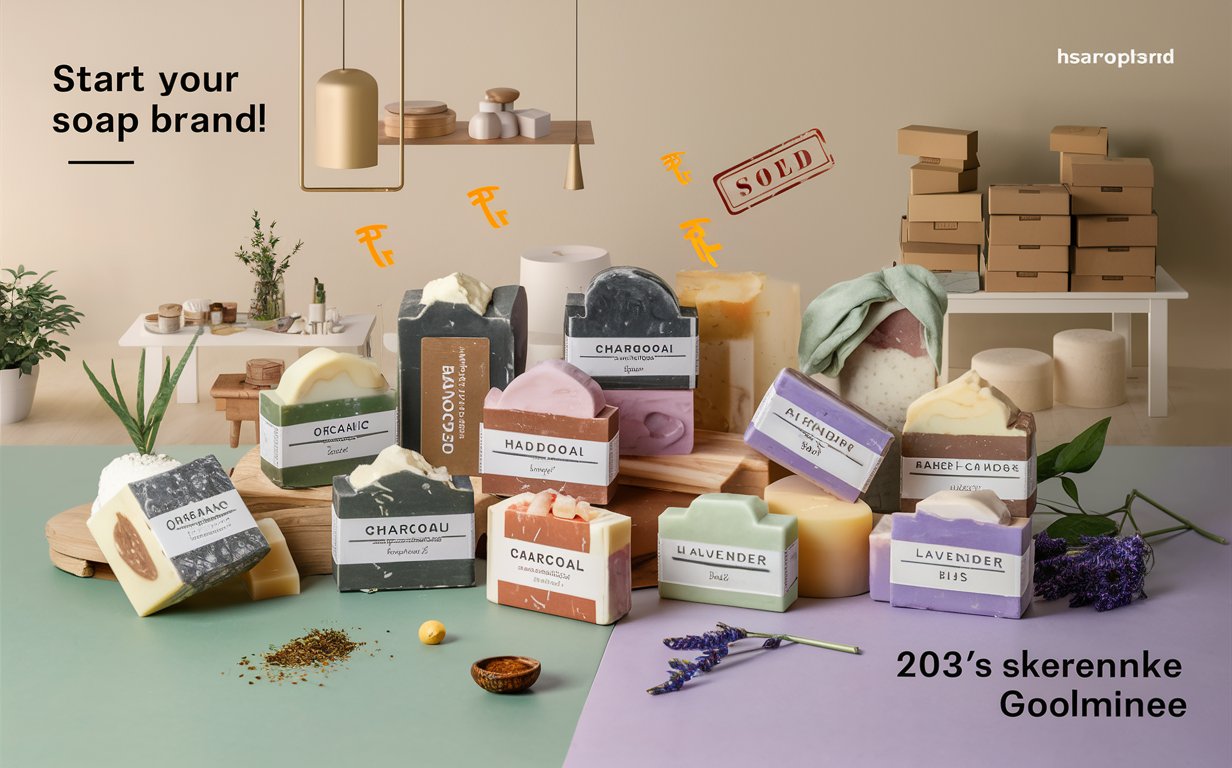The Bizarre Origins of Halloween Traditions

Halloween, the spooky season full of costumes, candy, and creepy decorations, is one of the most beloved holidays around the world. But have you ever wondered about the bizarre origins of Halloween traditions? How did the practice of dressing up as ghosts, carving pumpkins, and trick-or-treating come to be? The traditions we associate with Halloween today are deeply rooted in ancient customs, pagan rituals, and even superstitions that have evolved over time. In this article, we will explore the fascinating, and sometimes bizarre, origins of some of Halloween’s most iconic customs.
The Origins of Halloween: Samhain and the Celtic Festival
Halloween traces its roots back to the ancient Celtic festival of Samhain, which was celebrated on the evening of October 31st. Samhain marked the end of the harvest and the beginning of the dark, cold winter, a time that was often associated with death. For the Celts, this was the time when the boundary between the living and the dead was thinnest, and spirits were believed to roam the earth.
Samhain and the Celts:
- Bonfires: During Samhain, people would light bonfires to ward off evil spirits. They believed the fire had protective powers and could guide the souls of the dead on their journey to the afterlife.
- Costumes and Masks: To blend in with the wandering spirits, people would wear costumes made of animal skins and masks. This tradition of disguising oneself to avoid detection by spirits later evolved into the modern practice of wearing costumes on Halloween night.
- Offerings for the Dead: The Celts would also leave out offerings of food and drink for the spirits, believing it would appease them and prevent mischief. This ritual of giving treats to the spirits may have eventually transformed into the modern-day tradition of trick-or-treating.
The Evolution of Trick-or-Treating
While the custom of offering treats to spirits has ancient roots, the modern tradition of trick-or-treating has its origins in a mix of medieval European practices and early American customs.
Soul Cakes and the Poor:
In medieval Europe, a practice called souling was common during Halloween (which was then known as All Hallows’ Eve). Poor people would go door-to-door asking for soul cakes, a round, spiced cake, in exchange for praying for the souls of the dead. This custom is often seen as one of the key influences on modern-day trick-or-treating.
Children, instead of poor beggars, would later adopt the practice of going door-to-door, not for prayers, but for candy. The phrase “trick or treat” eventually emerged in the early 20th century as a playful demand for a treat, with the threat of a trick if no treat was given.
The Strange History of Pumpkin Carving
Carving pumpkins into jack-o’-lanterns is one of Halloween’s most iconic customs. However, this practice has a far stranger and more complex history than one might expect.
The Legend of Stingy Jack:
The tradition of carving faces into pumpkins originates from the Irish legend of Stingy Jack, a notorious figure who tricked the Devil on multiple occasions. According to the legend, after Jack’s death, he was denied entry to both heaven and hell, and was cursed to wander the earth with only a carved turnip to light his way. Irish people began carving faces into turnips and other root vegetables to ward off Jack’s restless spirit, creating the precursor to today’s pumpkin jack-o’-lanterns.
When Irish immigrants arrived in America, they discovered that pumpkins, native to the New World, were much easier to carve than turnips. As a result, the tradition of pumpkin carving became popularized in the U.S. and gradually became a Halloween staple.
The Role of Black Cats: Superstitions and Witchcraft
The image of the black cat as a Halloween symbol is deeply embedded in the holiday, but its association with the supernatural goes back centuries. In medieval Europe, black cats were often linked to witchcraft and were believed to be witches’ familiars, magical creatures that helped witches with their spells.
Witchcraft and the Black Cat:
During the Middle Ages, black cats were thought to possess evil spirits or be shape-shifting witches. If a black cat crossed your path, it was considered an omen of bad luck. This superstition carried over into Halloween lore, making the black cat a symbol of dark magic and mystery.
Today, black cats are often featured in Halloween decorations, symbolizing the superstitions and spooky charm of the holiday.
The Unsettling History of Halloween Costumes
The tradition of dressing up in costumes on Halloween is an interesting mix of ancient rituals and modern fun. As mentioned earlier, the practice began with the Celts, who wore costumes to disguise themselves from spirits during Samhain. Over time, costumes evolved from ritualistic garb to elaborate disguises.
In the early days of Halloween in America, costumes were often homemade and could be anything from ghosts and skeletons to more mundane figures like farmers and pirates. However, by the early 20th century, Halloween costumes began to take on a more playful tone, with an emphasis on horror, spookiness, and fantastical creatures.
Modern Costumes:
Today, Halloween costumes cover a wide range of themes, from classic monsters like vampires and werewolves to popular culture figures like superheroes and celebrities. But no matter how creative or outlandish the costumes become, they all trace their origins back to that ancient belief that dressing up as spirits or supernatural beings could either appease the dead or ward off evil.
Conclusion: The Strange, Evolving Traditions of Halloween
The customs and rituals we associate with Halloween today—trick-or-treating, pumpkin carving, costumes, and superstitions—have origins that span centuries and cultures. From the ancient Celts’ Samhain festival to medieval European soul cakes and Irish legends, Halloween has a rich and bizarre history that has transformed over the years into the holiday we know and love.
What began as a series of pagan and superstitious practices has evolved into a modern celebration of fun, fantasy, and frights. Whether you’re dressing up as your favorite character, carving a pumpkin, or simply enjoying some candy, Halloween traditions are a fascinating blend of ancient beliefs, rituals, and folklore—all of which have come together to create a holiday full of mystery, magic, and spooky fun.



Post Comment